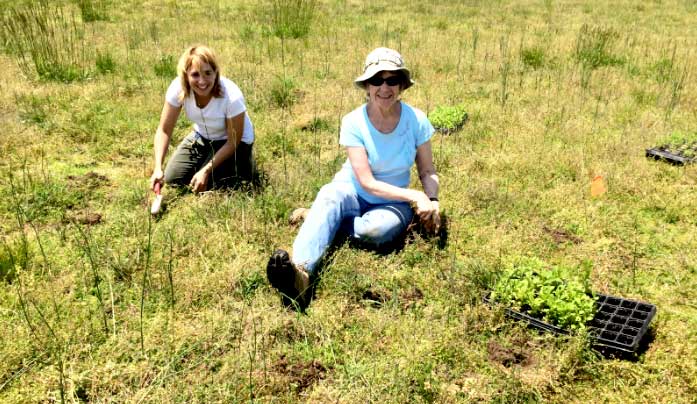Protecting Maryland's State Insect
The
Baltimore checkerspot (Euphydryas phaeton Drury) was named Maryland’s State Insect in 1973. At the time, it occupied multiple sites in over 15 counties, and was considered a relatively common species. Over the last few decades, however, the number of sites from which it was historically known has declined considerably, and it is currently included on the Maryland Department of Natural Resources’ list of
Rare, Threatened and Endangered Animals.
While the exact reasons for its decline are not completely understood, they certainly include habitat loss and degradation, deer browse of the caterpillar host plant, and succession of open wetlands to forest or dense shrublands. Climate change may also be an important factor in its decline, with the best remaining populations located in higher elevation areas on the Appalachian Plateau.

Baltimore Checkerspot by Joshua Mayer CC by SA 2.0
The Baltimore checkerspot is one of the most well-known insects in the state, inspiring many local organizations and individuals to take an interest in the conservation of this butterfly. It has also inspired interest in other species of butterflies, including the Monarch. For this reason, the
Maryland Natural Heritage Program is currently collaborating with state and county agency representatives, university professors, local schools, and nature and education center staff to plan and execute a variety of butterfly conservation projects.
One of the group’s early achievements was to develop a
conservation and management plan for the Baltimore Checkerspot with the goal of protecting the species in Maryland through habitat conservation and enhancement, and most recently, through a small-scale, experimental translocation project. The group has also partnered with Monarch Joint Venture to collect data for the
Integrated Monarch Monitoring Program. This is a national program to collect milkweed, nectar plant, and monarch use data from a variety of land-use types and regions throughout the United States. This information will be used to better understand how monarchs interact with their environment, to document conservation efforts across the country, and to track populations and habitats as they change over time.
Get Involved

To volunteer with the Natural Heritage Program on projects, please visit our volunteer page here:
https://dnr.maryland.gov/Wildlife/Pages/Get_Involved.aspx. Butterfly projects may involve plant surveys, captive rearing, planting projects, installing deer exclosures, removing invasive species, and various other habitat management projects. You may also contact the following partnering organizations for information on how you might get involved:
Anita C. Leight Estuary Center
Arlington Echo Outdoor Education Center
Cromwell Valley Park
Fountain Rock Park and Nature Center
Gunpowder Falls State Park, North Point State Park
Harford Glen Environmental Education Center
Ladew Gardens
Oregon Ridge Nature Center
Otter Point Creek Alliance (at Anita C. Leight Estuary Center)
Robinson Nature Center
Rocky Gap State Park
Susquehannock Wildlife Society
Contact Us
Wildlife & Heritage Service Headquarters
Tawes State Office Building E-1
580 Taylor Ave.
Annapolis, MD 21401
410-260-8540
Toll-free in Maryland: 1-877-620-8DNR, follow the prompts to reach Wildlife and Heritage Service
TTY Users, please use Maryland Relay
Fax: 410-260-8596
E-Mail:
[email protected]